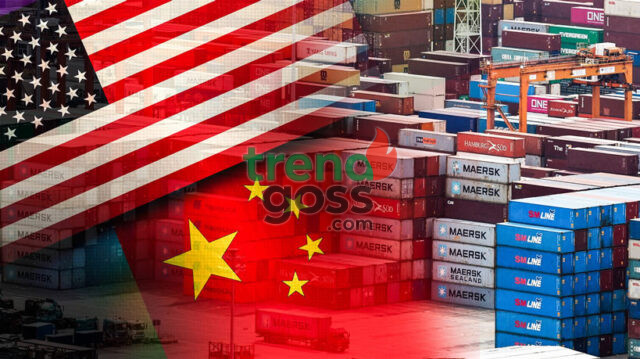Fresh trade data from Chinese customs has revealed a surprising twist in the ongoing economic battle between Beijing and Washington. Exports from China’s Xinjiang region to the United States soared by a staggering 273.4 percent in the first eight months of 2025, reaching $2.5 billion, despite U.S. sanctions and global boycotts.
This sharp rise comes even as the United States continues to enforce strict restrictions under the Uyghur Forced Labor Prevention Act, which bars imports from nearly 150 Chinese companies accused of links to forced labour.
Human Rights Dispute
Rights groups have repeatedly alleged that over a million Uyghurs and other Muslim minorities have been detained in facilities in Xinjiang, where they reportedly suffer forced labour, indoctrination, and abuse.
Beijing, however, strongly denies these allegations, insisting that the so-called “training centres” closed years ago and were aimed at eliminating extremism and boosting development.
The Trade Paradox
While Xinjiang’s exports to the U.S. spiked, China’s overall exports to America fell sharply in August — dropping 11.8 percent from July and 33.1 percent year-on-year. Analysts say this shows the complexity of the trade war, with certain industries or supply chains still pushing goods across borders despite sanctions.
Escalating Tensions
Trade relations between the world’s two biggest economies remain strained in 2025, as both sides continue to impose tariffs and restrictions, heightening uncertainty in global markets.
Observers believe Washington’s latest crackdown in January — targeting dozens more firms — was meant to cut off forced-labour-linked products, but the latest data raises questions about how effective these measures have been.
#China #Xinjiang #USChinaTrade #UyghurCrisis #TradeWar #GlobalEconomy #USPolitics #Beijing






